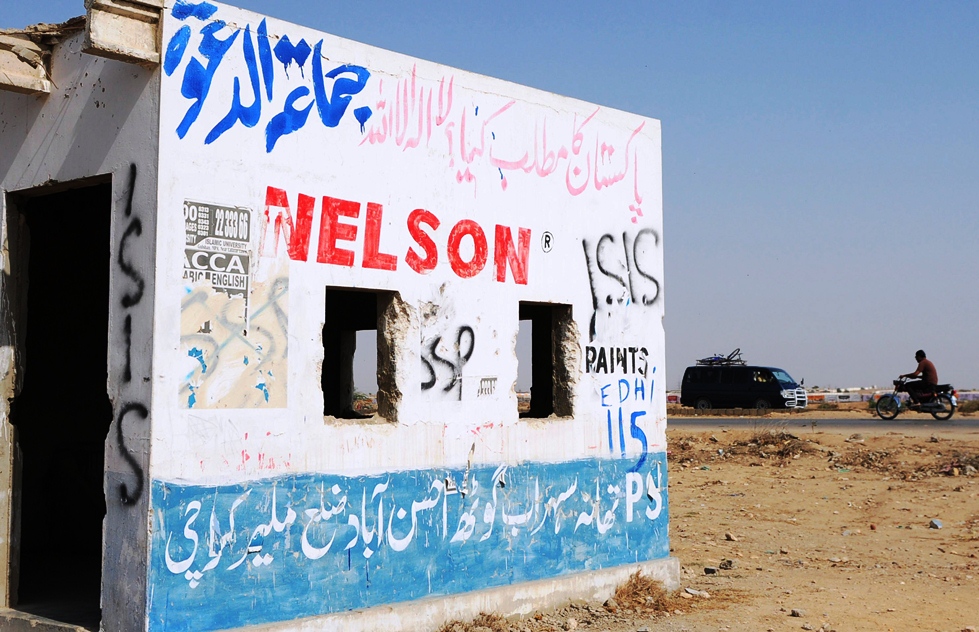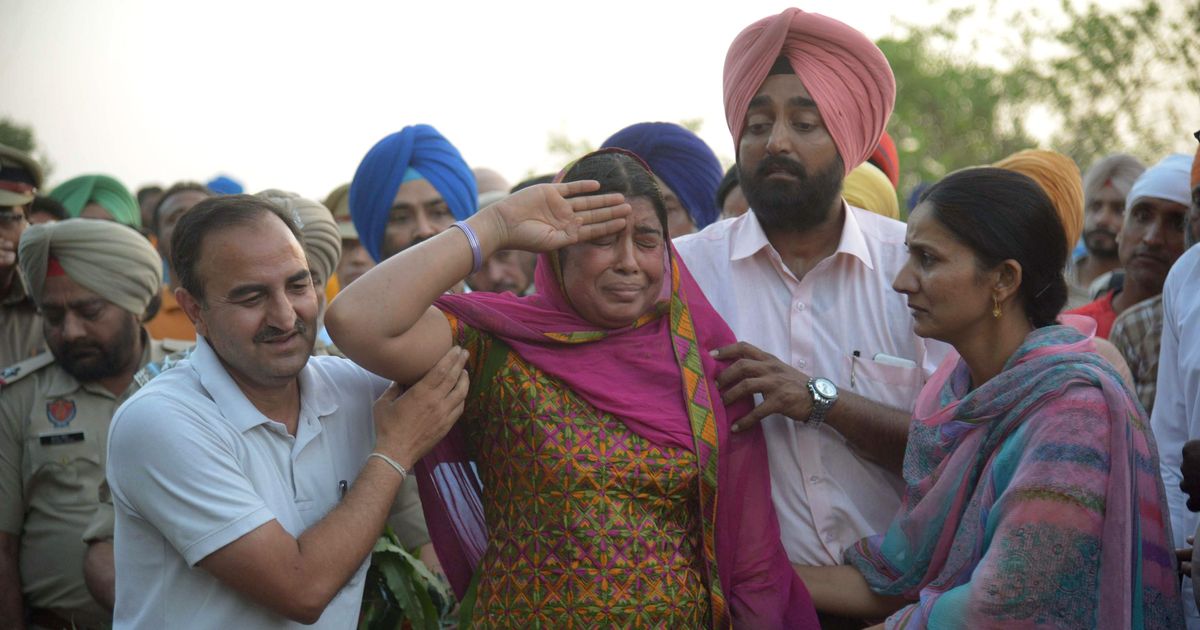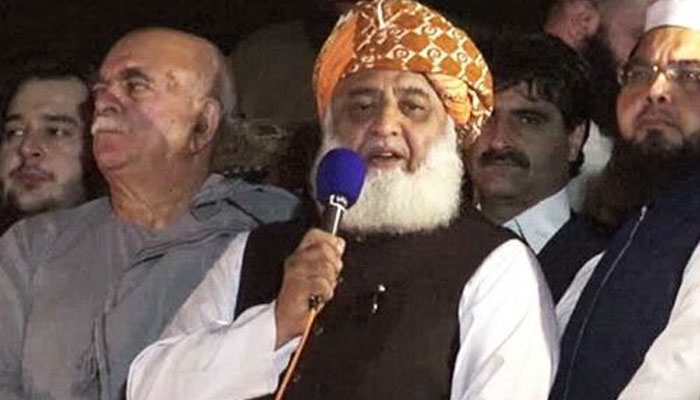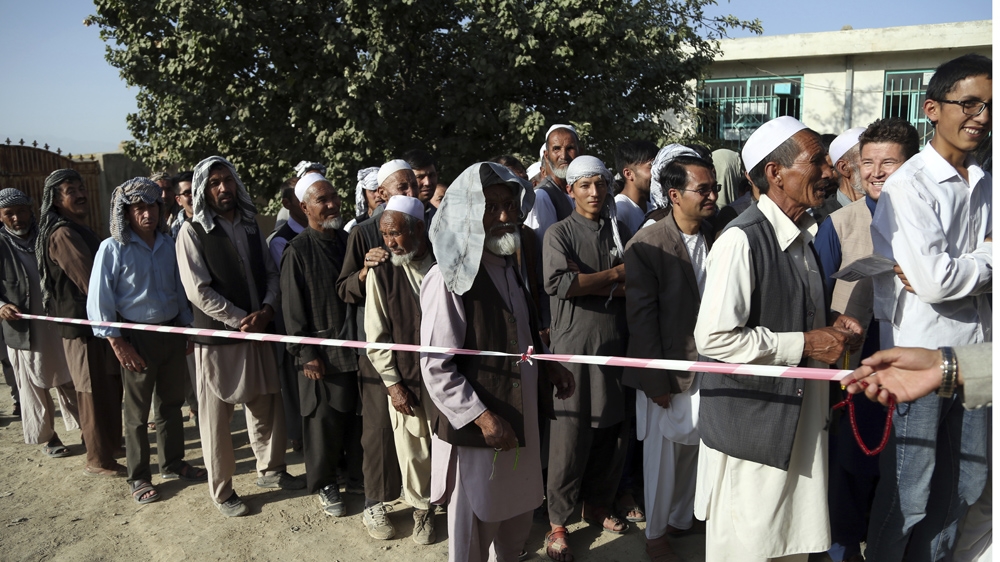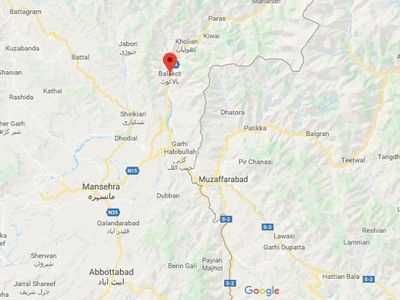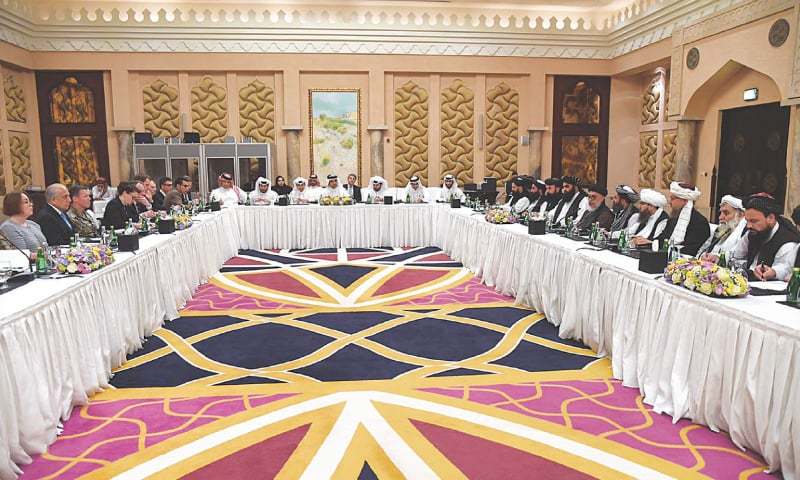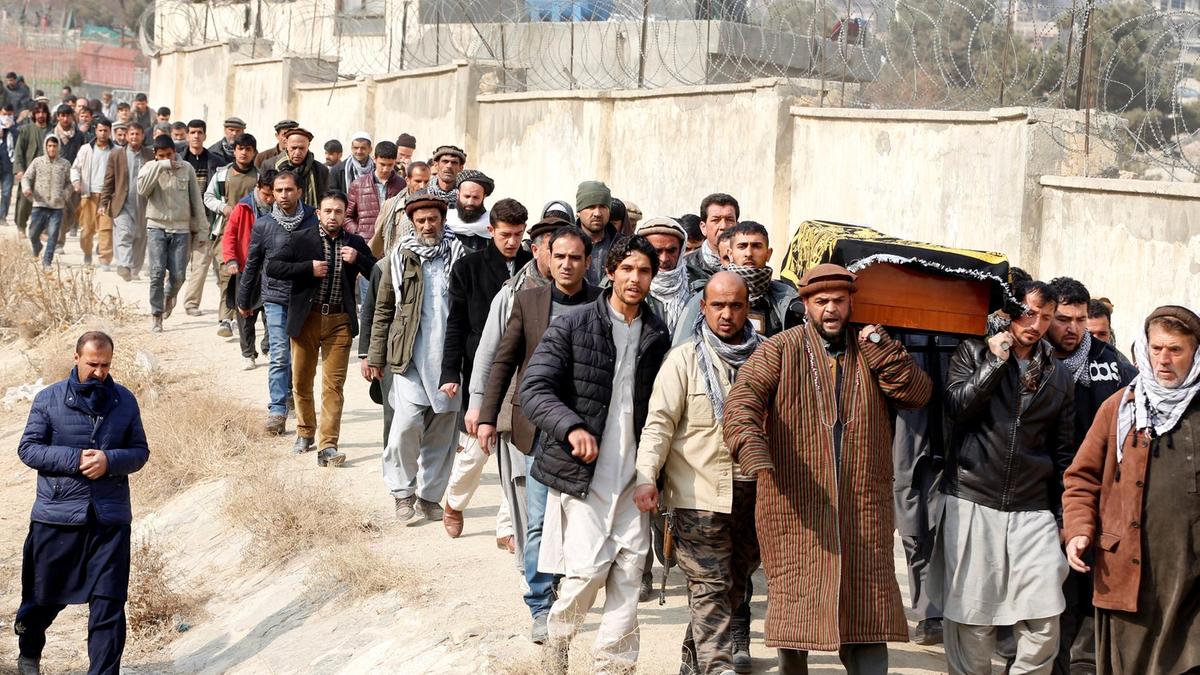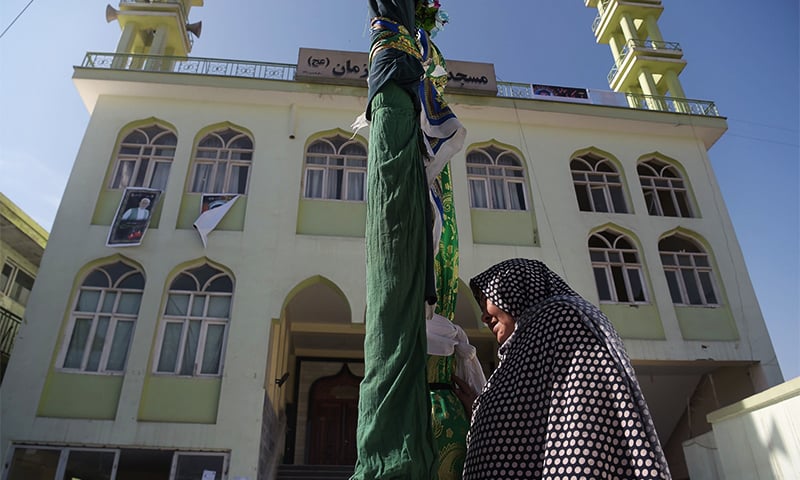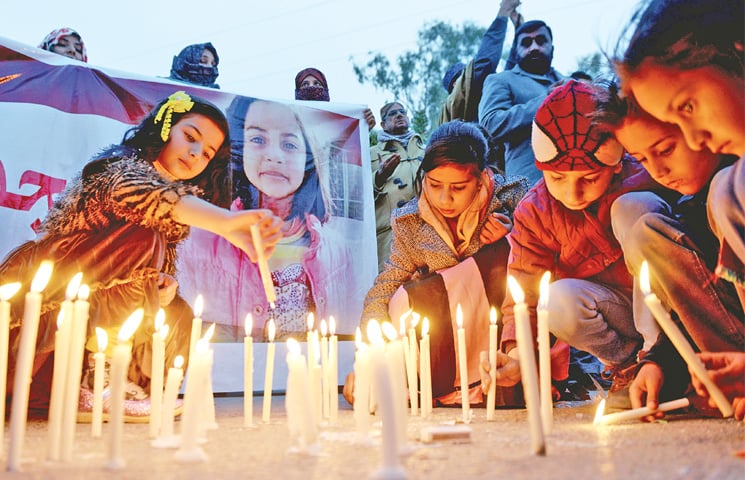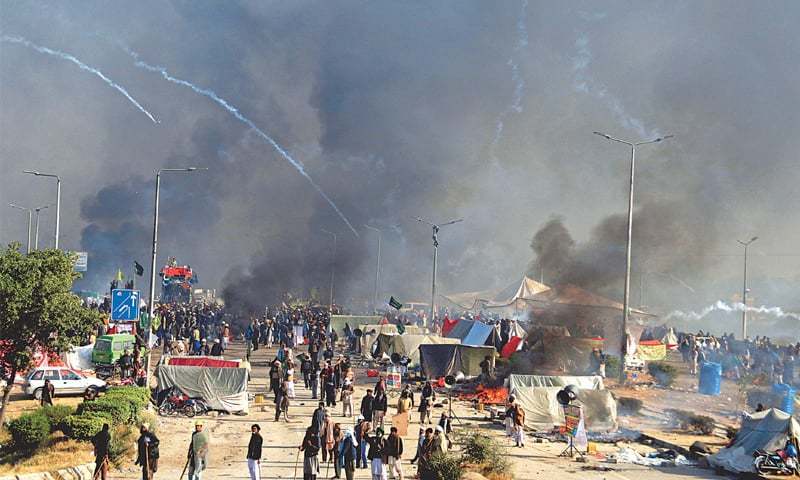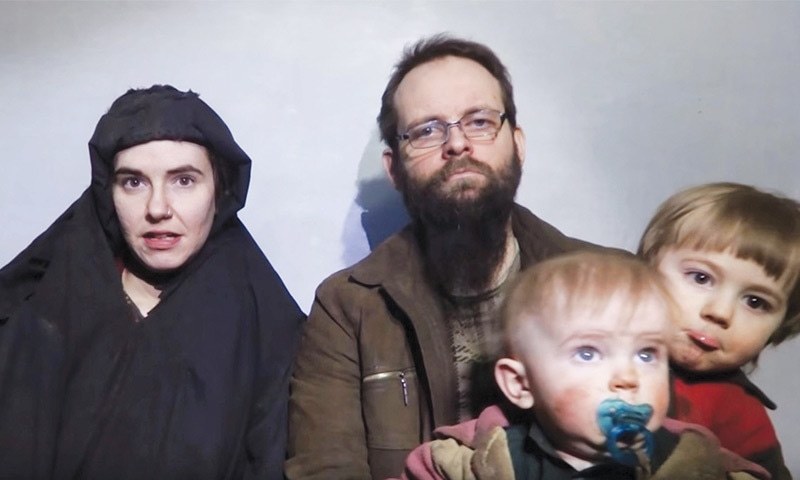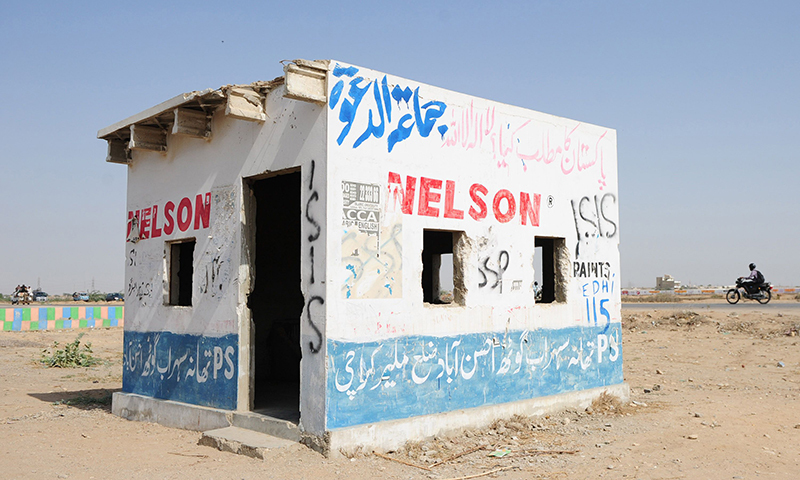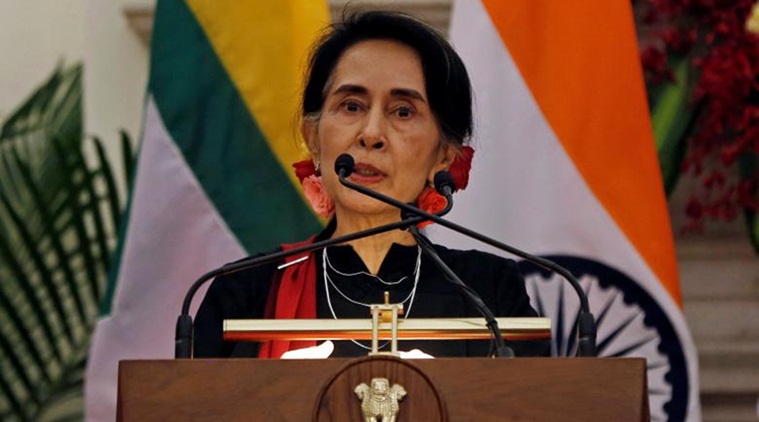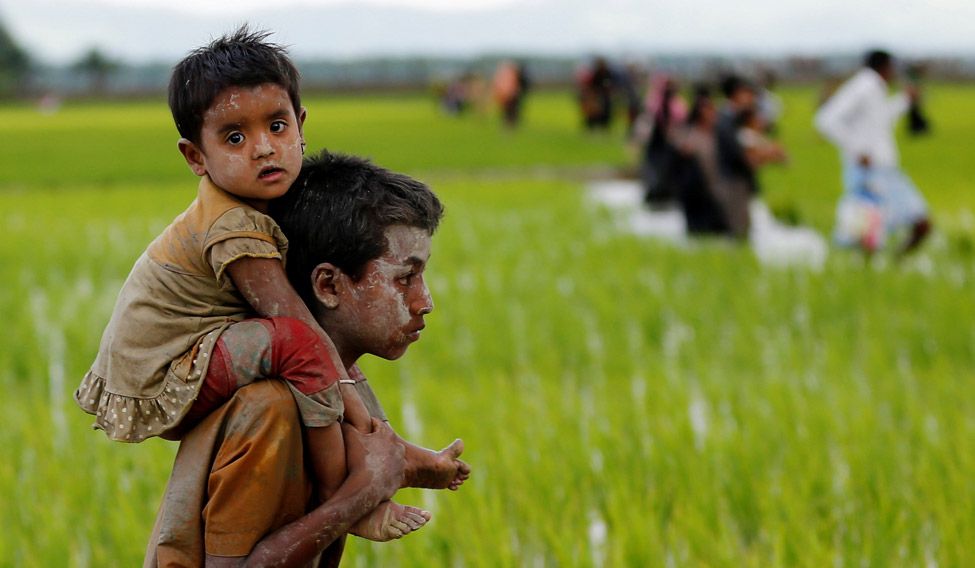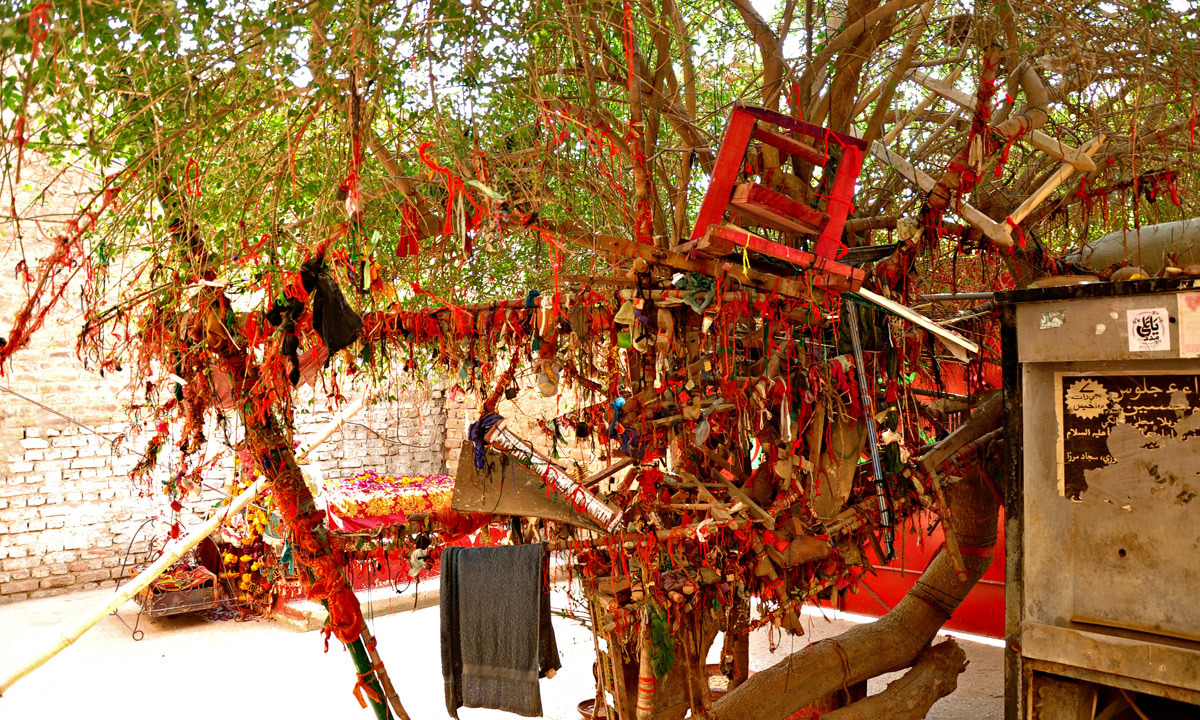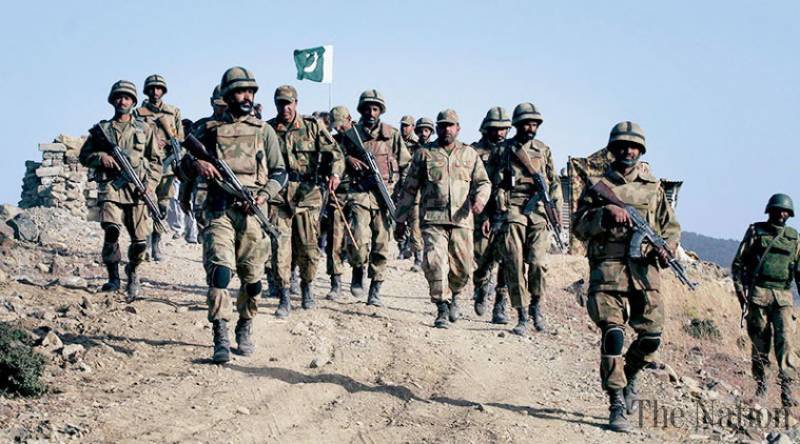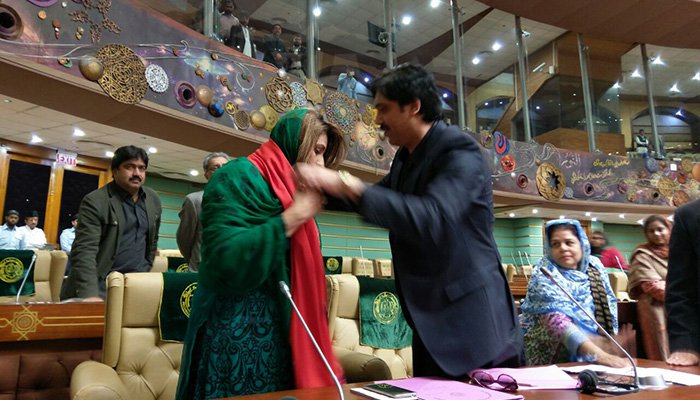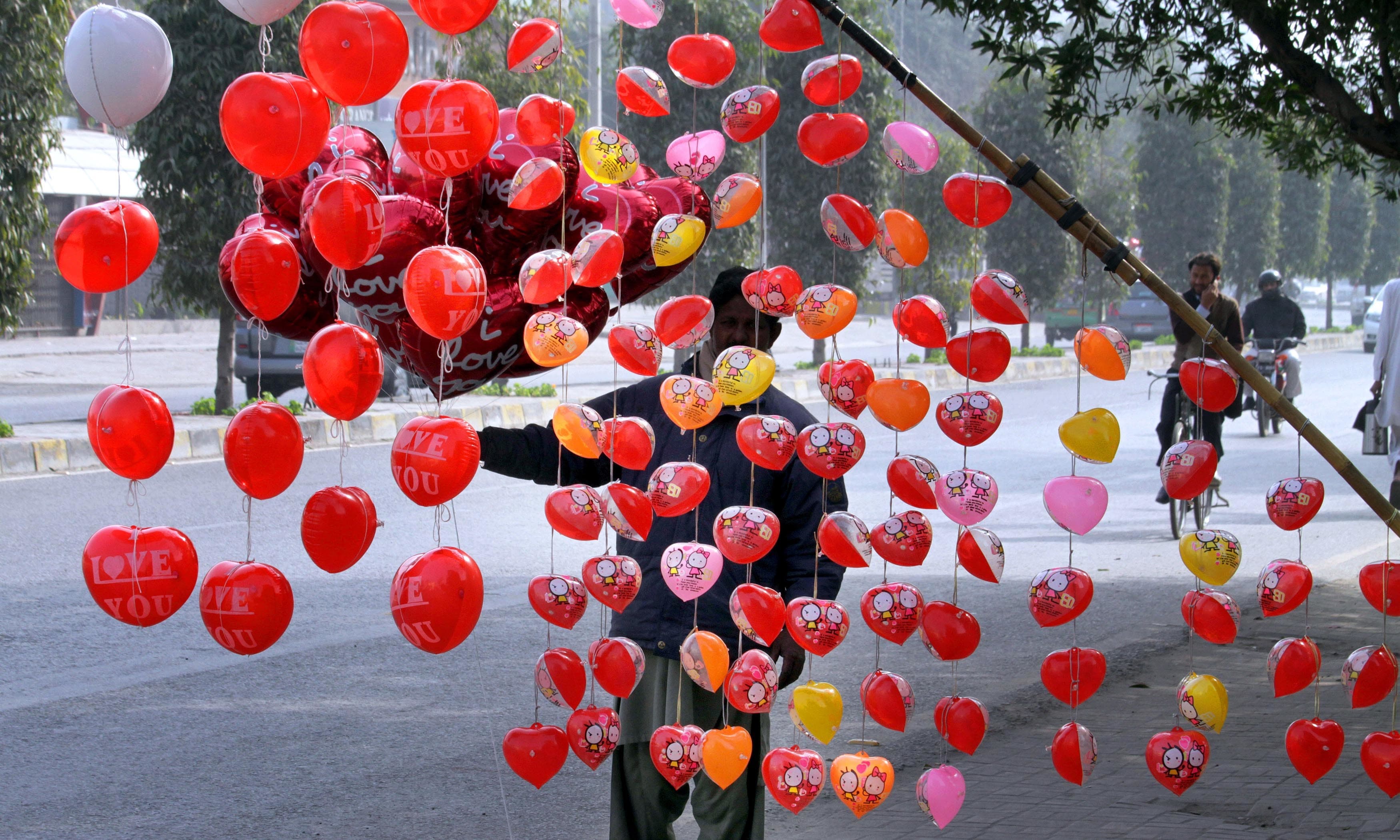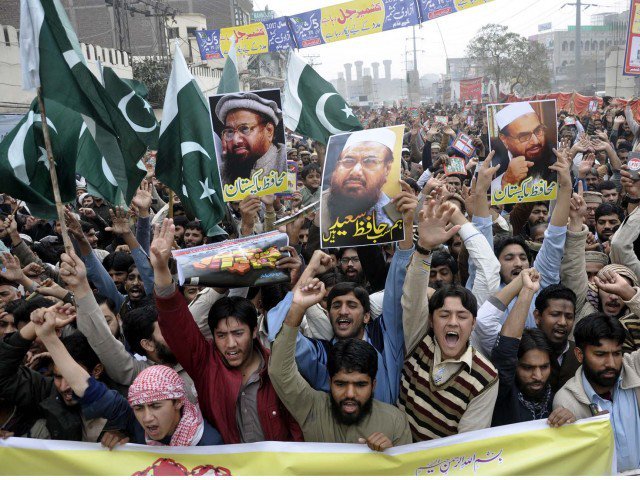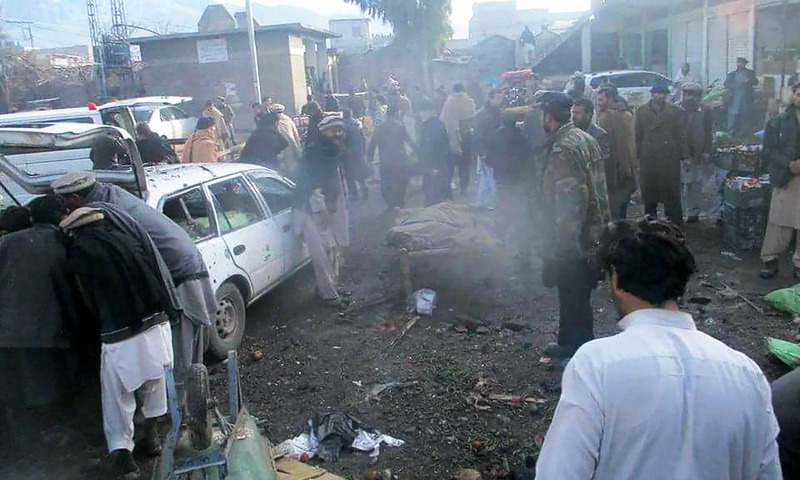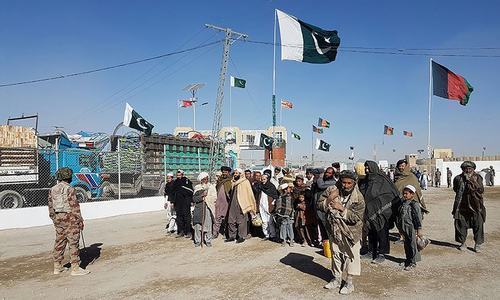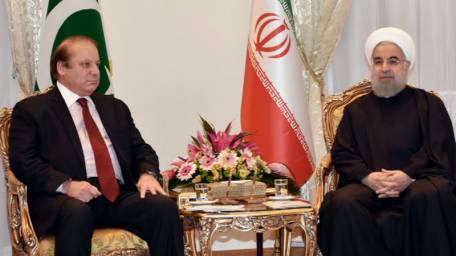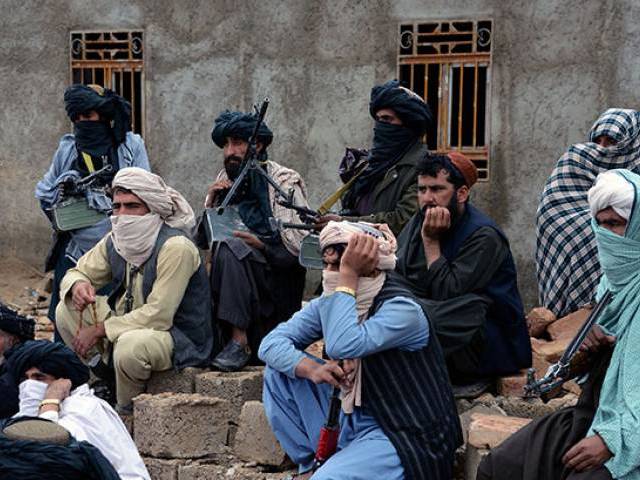CR Comment
D. Suba Chandran
Professor
International Strategic and Security Studies Programme (ISSSP)
National Institute of Advanced Studies (NIAS), Bangalore
Recent terrorist attacks in Kabul, Sehwan and Dhaka from Afghanistan to Bangladesh have been claimed by the Islamic State/Daesh. The region cannot be a mute witness to the emergence of the IS in South Asia, for it would lead to their consolidation further and subsequently their expansion. An early counter strategy is imperative; the region should come together and chart out a strategy.
Three issues/questions are pertinent in this context: is the Daesh, with its base in Syria and Iraq is looking for new recruits and regions, or are the individuals and groups in South Asia see the IS as an opportunity and using its banner as an IS franchisee? Second, what circumstances in South Asia enable our youths to get influenced by the IS? Third, is the region helpless in addressing the IS threat, or, are there certain inherent strengths in our society to fight radical groups and ideologies?
IS and Us: The Franchise and Franchisees
In terms of structure and outreach, there is a substantial difference between al Qaeda and the IS. While al Qaeda attracted individuals and groups from different countries to a particular location/region, for example Afghanistan, the IS phenomenon is doing the opposite. Individuals and groups from the Middle East, North Africa and Central Asia flocked to al Qaeda and fought its battles - in Afghanistan, and then later in the Federally Administered Tribal Agencies (FATA) in Pakistan. In a sense, al Qaeda acted as a black hole, absorbing the militants from different regions. The IS phenomenon is the opposite. Instead of (or, along with) attracting individuals and groups to Iraq and Syria, the IS is using them to organise terror attacks in their respective countries.
It also appears, that more than the IS looking outside Syria and Iraq, individuals and groups are looking at the Daesh as a credible banner for three specific reasons. First, al Qaeda is losing its prominence in the terror pantheon, especially after the killing of Osama bin Laden. Al Qaeda has been unable to regroup; lack of credible leadership and constant pressure from the US has forced al Qaeda into a descending road.
Second, IS is a new group in the terror pantheon, with a larger image. Though in recent weeks, there have been serious reverses for the IS in Syria resulting in loss of territories, the group did make remarkable advances during 2016, creating an illusion of invincibility to those who want to pursue its path.
Third, for reasons that are yet to be properly researched and documented, the IS succeeded in creating a domino effect, in terms of foreign fighters. From UK to Indonesia, the IS managed to get fighters; this process was not planned. Even the IS should have been surprised by the traffic into Syria from different parts of the world. The above movement was well captured in the Social media and in the process helping the IS. Had it not been for the Social media, the IS would have never succeeded in getting the publicity and its subsequent recruitment.
Enabling Factors: Why is the IS alluring?
Unlike al Qaeda, the IS is alien to South Asia. Both Osama bin Laden and al Qaeda were known for their presence in the region; they were also known for its linkages with local groups – the Taliban being the most prominent of it. More importantly, a section from the intelligence agencies made use these groups for political and strategic calculations; and so were some of the intelligence agencies at the international level, especially the CIA.
IS does not enjoy the above support, that al Qaeda had. Yet, it allures youths and groups from South Asia. How?
First, the phenomenon of online radicalization. Undoubtedly, this is one of the evil effects of technology and the global outreach of information. All one needs is a decent phone with basic internet connection. Gone are the days of accessing computers in libraries and internet cafes. Each individual is a walking internet café, with access to information on real time basis, making it difficult for agencies of law.
Second, inability of the State to understand, address and prepare counter measures further accentuates the above process of online radicalization is. While the individual is in the 21st century, making use of technologies of today and tomorrow, our agencies of law are still bound by 19th century British laws, and following policing protocols of the previous centuries. Both the law and the enforcers are in a time warp. South Asia needs better legislations to govern the internet, and equally importantly, also need enforcing officials who would understand the magnitude of the problem. The era of policing with a stick is awfully outdated today to address online radicalization.
Third, the latest trends in offline radicalization at the social level in South Asia. Increasingly, our society is becoming sectarian; in this context, the IS looks more appealing for those individuals and groups buoyed by sectarian ideology. It is not that South Asia did not have sectarian fault lines earlier; it is much more pronounced now.
Fourth, the group dynamics within South Asia is more conducive to the IS, especially in the Af-Pak region. Post Osama al Qaeda and post Omar Taliban are unable to keep the local groups cohesive; repeated military offensives by the State led Pakistan, Afghanistan and the international troops have also been successful in breaking the group coherence. The factions and the process of fragmentation have created small groups. These factions see the IS tag operationally useful and a financial opportunity.
Finally, the growth of IS cannot be seen in isolation. It finds support in an environment already infused with a radical ideology. South Asia is shy to address, at times even accept that there is a serious problem with an influx of radical ideology stemming from West Asia. The entire region is witnessing this; while we as a region appreciate the inflow of remittances from West Asia, we have to make cold calculations on the nature and extent of radical ideology stemming from there into South Asia.
A Counter IS Strategy
A counter IS strategy has to start with addressing the above five issues – from online radicalization to street level sectarian violence.
Second, strategists would emphasis on building a “counter narrative” to the IS. We should aim to build the mainstream narrative, and not a counter one. In fact, it is the failure of our mainstream that has provided the space to the periphery to move and create a narrative. The best way to counter the IS to make the main narrative stronger.
The above would bring us to the third point – playing on our strength. The Sufi nature of our society in South Asia is the biggest asset for the region to build any counter narrative. In fact, if we succeed in strengthening our Sufi nature, the other will automatically subside.
From Sehwan in Sindh to Baba Ghulam Shah in Rajouri to Ajmer Sharif in Rajasthan, our strength remains in the Sufi nature of our society. Perhaps, the IS and other militants understand the strength of Sufism, hence they are targeting it in the recent years. From Data Darbar to Lal Shabaz Qalandar, our enemy seems to be aware of our strength. Do we?
The above commentary was originally published in the Daily Times, 30 March 2017
